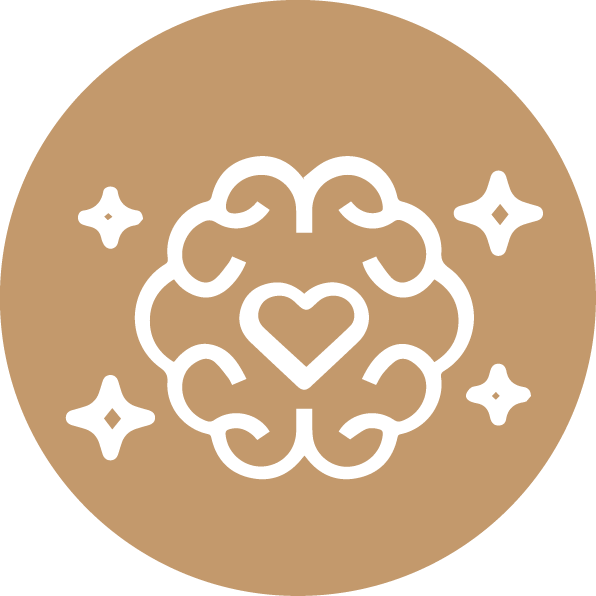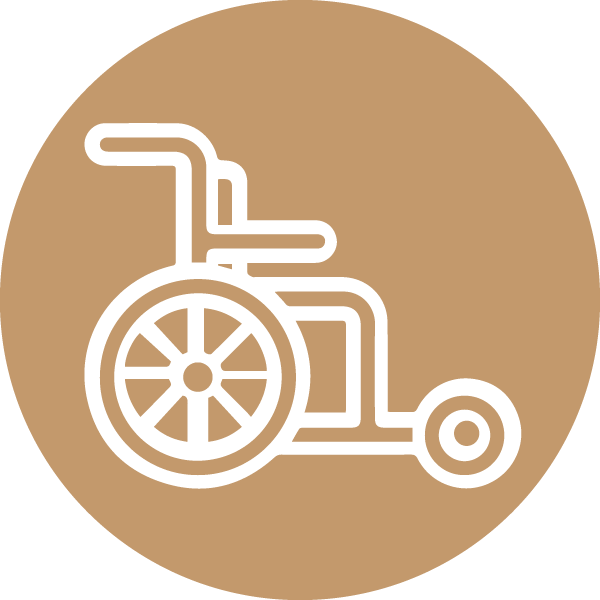Personalized care that feels like home.
Nursing care, memory support and rehabilitation in the heart of Munster, Indiana.
Welcome to Munster Med Inn
We believe that premium treatment starts and ends with the patient experience. You and your loved ones can trust our staff to deliver the best in specialized care and rehabilitation services, all while maintaining an atmosphere of warmth and comfort.
Our Approach to Care

SPECIALIZED CARE
Our specialized care options are catered to service a wide array of client needs and help patients regain their optimal level of strength and independence.

MEMORY SUPPORT
Our campus is built to serve residents in all stages of Alzheimer’s or dementia. With a team of experts, Munster Med Inn offers a safe & secure setting throughout the continuum of care.

REHABILITATION
We empower our patients to reach their personal independence goals through individualized treatment plans.

“Excellent overall experience with Munster Med Inn. The 1st floor nursing staff, aids and social work staff went above and beyond to make sure my grandmother was fully taken care of [and] had everything she needed. Everyone maintained a high level of professionalism and compassion at all times..”
– K. Swain
Contact Us
We’d love to show you around our beautiful facility. To learn more about our care option or to schedule a tour, please reach out to a member of our wonderful admissions team at:

Feel free to reach out to our Compliance Hotline with comments, questions or concerns. We strive to return all calls within 48 business hours.
All calls are kept confidential. Call 1.800.610.2544 or email WeCare@Casa-HC.com.
Copyright © Munster Med Inn. All rights reserved.